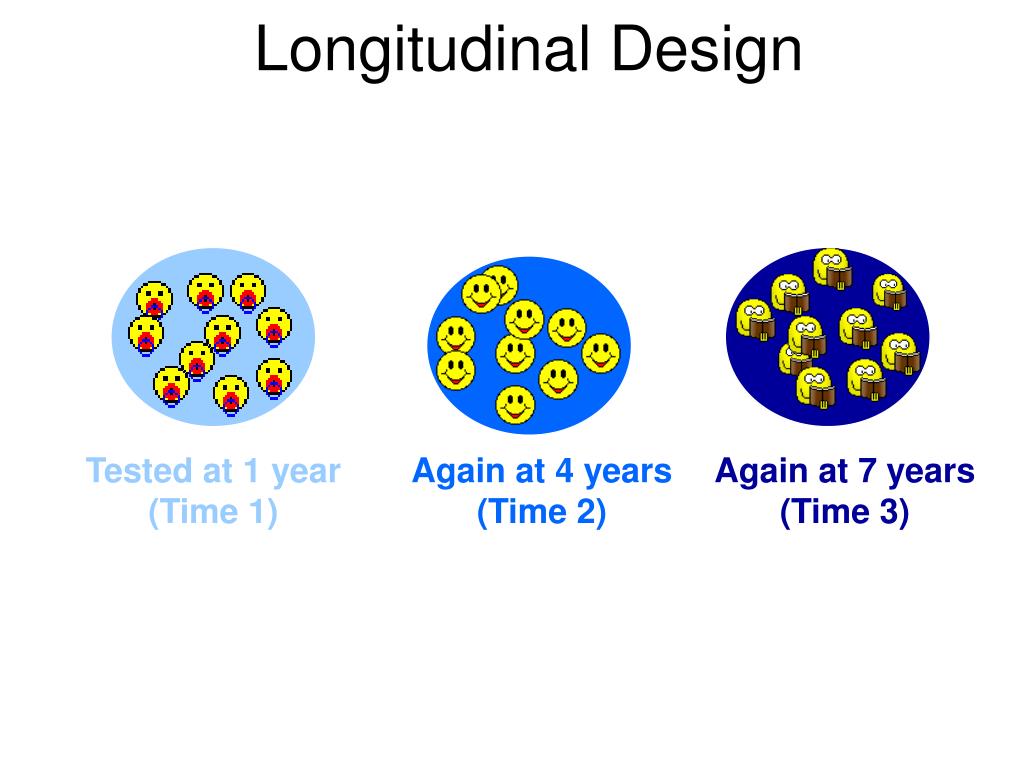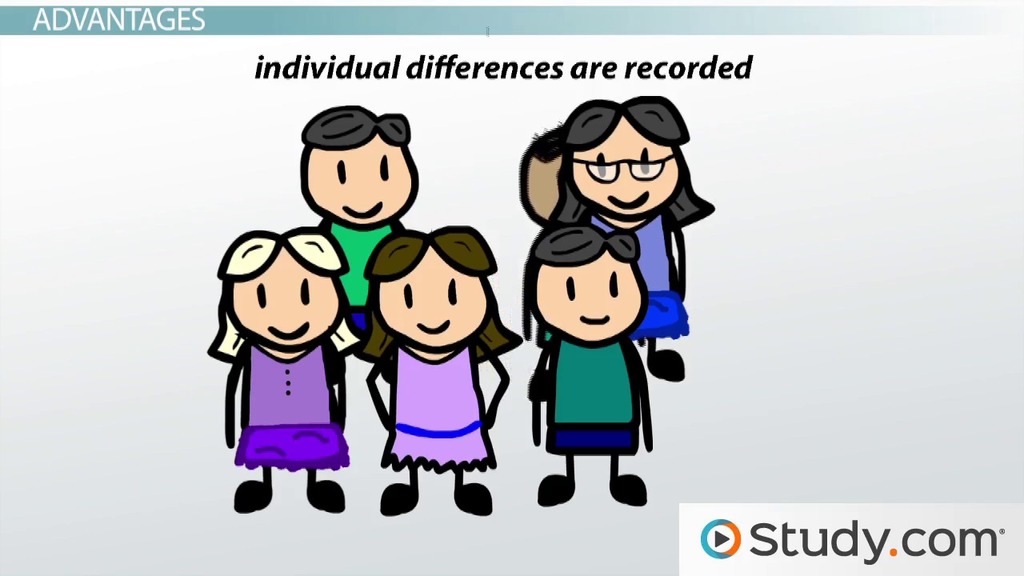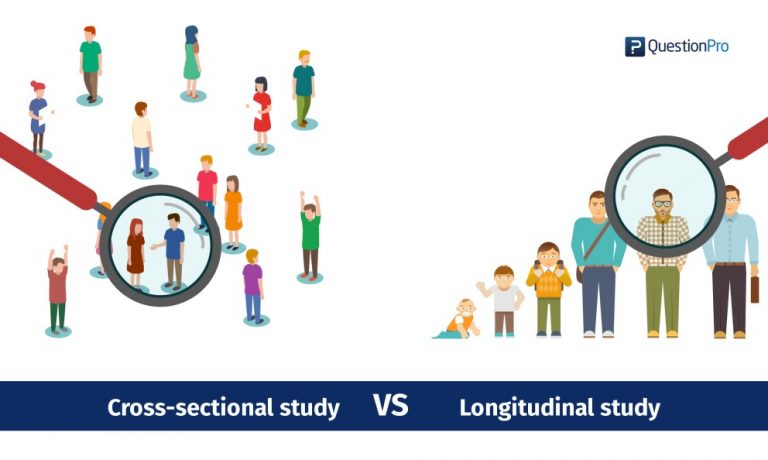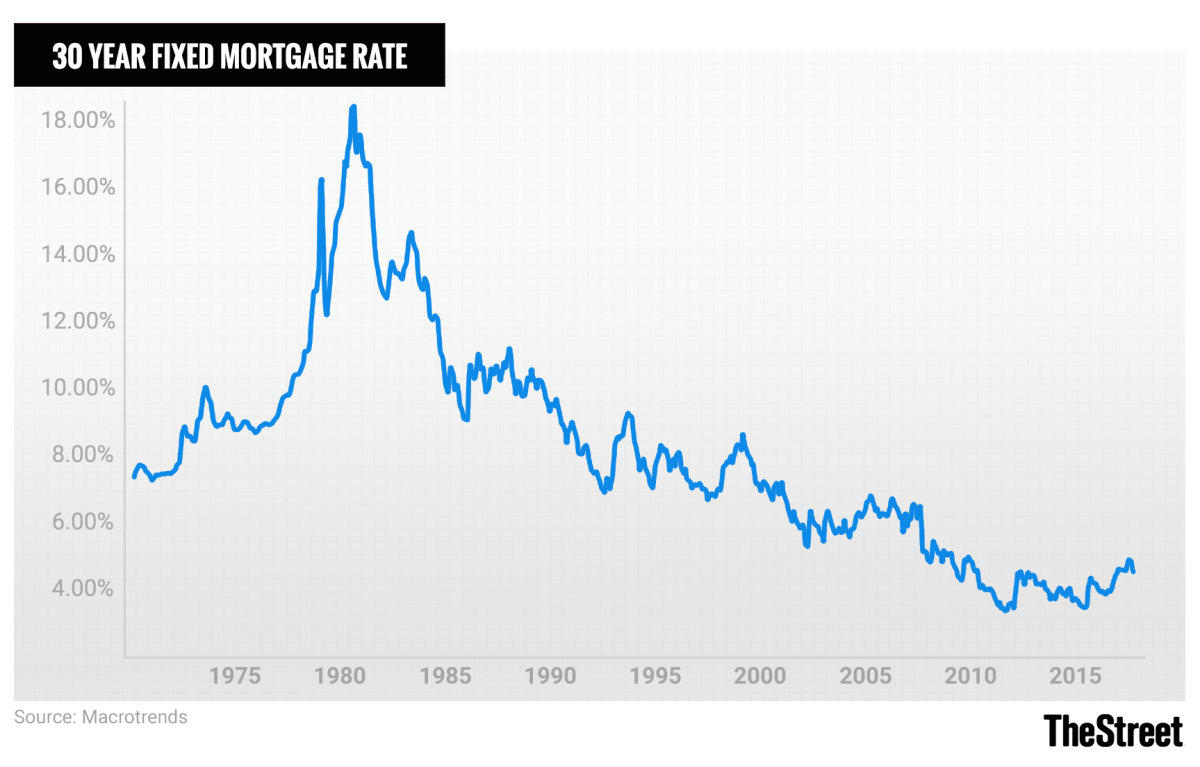Table Of Content

Since objectives and rules for long-term studies are established before data collection, these studies are authentic and have high levels of validity. For example, a longitudinal study could be used to examine the progress and well-being of children at critical age periods from birth to adulthood. Lewis Terman aimed to investigate how highly intelligent children develop into adulthood with his "Genetic Studies of Genius." Results from this study were still being compiled into the 2000s. However, Terman was a proponent of eugenics and has been accused of letting his own sexism, racism, and economic prejudice influence his study and of drawing major conclusions from weak evidence. For example, a recent study found new information on the original Terman sample, which indicated that men who skipped a grade as children went on to have higher incomes than those who didn't.

Panel Study
The way you collect your data is also heavily dependent on the type of study you’re conducting. Because longitudinal studies span over a more extended time, they typically cost more money than cross-sectional observations. It follows approximately 11% of all NZ children born between 2009 and 2010.[19] The study aims to look in depth at the health and well-being of children (and their parents) growing up in NZ.
The Study of Mathematically Precocious Youths
The Study is used by both researchers and policymakers to better understand how Australians are aging and using health services to prevent and manage ill-health and disability and guide health system decisions. 45 and Up is the largest ongoing study of healthy aging in the Southern Hemisphere. The 1970 British Cohort Study, which has collected data on the lives of 17,000 Brits since their births in 1970, is one well-known example of a longitudinal study.
Contents
The Genetic Studies of Genius (also known as the Terman Study of the Gifted), which began in 1921, is one of the first studies to follow participants from childhood into adulthood. Psychologist Lewis Terman's goal was to examine the similarities among gifted children and disprove the common assumption at the time that gifted children were "socially inept." It observes a cohort of 500 individuals in the city of Seattle to determine the effects of prenatal habits on human health.
You can go in without really knowing what you’re trying to find and what that might lead to. You can then use the surprises along the way to generate actionable insights. With this feature, you can share periodic surveys at any frequency that you set.
What Is a Longitudinal Study?
You should conduct a cohort study if you’re looking to establish a causal relationship within your data sets. For example, in medical research, cohort studies investigate the causes of disease and establish links between risk factors and effects. The optimal and most widely pursued method to examine psychological, emotional, and social changes in development is by pursuing a longitudinal design. The major features of longitudinal designs are highlighted and contrasted with cross-sectional designs. The types of longitudinal designs including evaluation of mean differences and predictive relations are described.

Famous Examples of Longitudinal Studies
When you understand all three types of longitudinal studies, you’ll be able to pick out the one that’s best suited to your needs. A group of researchers is studying whether there is a link between violence and video game usage. To reduce the amount of interference with their natural habits, these individuals come from a population that already plays video games.
What Is a Longitudinal Study? - Verywell Mind
What Is a Longitudinal Study?.
Posted: Sat, 02 Dec 2023 08:00:00 GMT [source]
Mobile-first Surveys
In a prospective study, on the other hand, you are collecting data in real-time. Because longitudinal studies observe variables over extended periods of time, researchers can use their data to study developmental shifts and understand how certain things change as we age. A longitudinal study is a type of observational and correlational study that involves monitoring a population over an extended period of time. It allows researchers to track changes and developments in the subjects over time. In cohort studies, the behaviors of the selected group of people are observed over time to find patterns and trends.
Code, Data and Media Associated with this Article
If you need to observe certain trends, behaviors, or preferences over time, you can use a longitudinal study. The researchers record how prone to violence participants in the sample are at the onset. Now the researchers will give a log to each participant to keep track of how much and how frequently they play and how much time they spend playing video games.
As we’ve demonstrated, a longitudinal study is useful in science, medicine, and many other fields. There are many reasons why a researcher might want to conduct a longitudinal study. One of the essential reasons is, longitudinal studies give unique insights that many other types of research fail to provide. Following adequate design, the launch and implementation of longitudinal research projects may itself require a significant amount of time; particularly if being conducted at multiple remote sites.
The Seattle 500 Study is a longitudinal study being conducted by the University of Washington. Nurses were specially chosen for the study because of their medical awareness and hence the ease of data collection that this enabled. It attempts to answer a philosophical question that has been central to human existence since the beginning of time – what is the secret to living a good life?
This allows separating stable between-person differences from within-person fluctuations. Attrition over time is the main source – participants dropping out for various reasons. The consequences of missing data are reduced statistical power and potential bias if dropout is nonrandom. Researchers must observe each subject under the same conditions to compare them. When beginning to develop your longitudinal study, you must first decide if you want to collect your own data or use data that has already been gathered.
Multilevel models are useful for hierarchically structured longitudinal data, with lower-level observations (e.g., repeated measures) nested within higher-level units (e.g., individuals). Within-subjects designs, in which people are repeatedly measured, may be subdivided into non-longitudinal and longitudinal types. In the non-longitudinal variety, participants are repeatedly exposed to different treatments or tasks, but time is considered an irrelevant feature. In fact, the researcher counterbalances the different treatment sequences across participants in an effort to eliminate temporal... The simplest way to understand what is a longitudinal study is to think of it as a survey taken over time. The passing of time could influence the responses of the same person to the same question.
If the final group of participants doesn't represent the larger group accurately, generalizing the study's conclusions is difficult. Because of this, these studies often have only a small group of subjects, which makes it difficult to apply the results to a larger population. Both individuals and organizations that work with arXivLabs have embraced and accepted our values of openness, community, excellence, and user data privacy. ArXiv is committed to these values and only works with partners that adhere to them.















